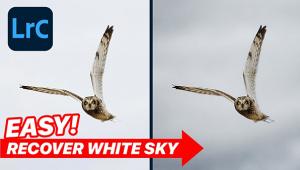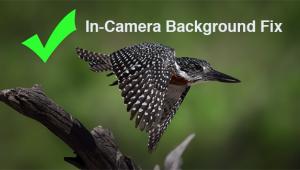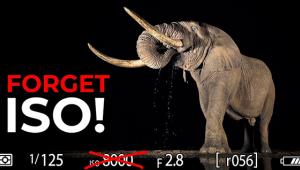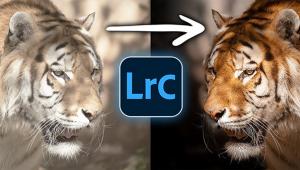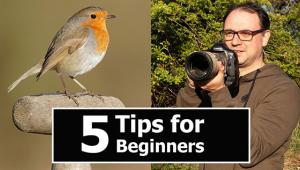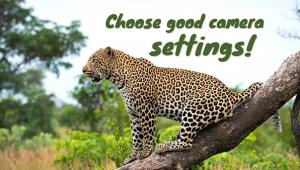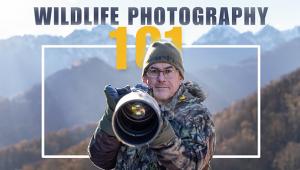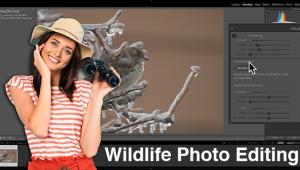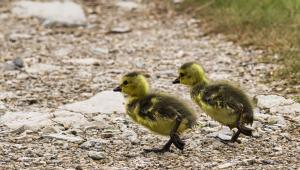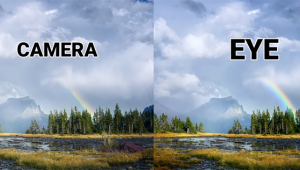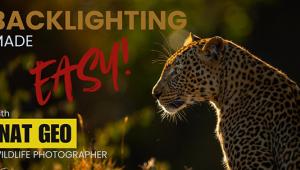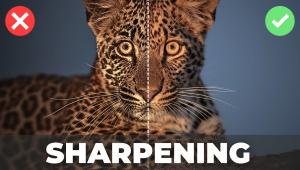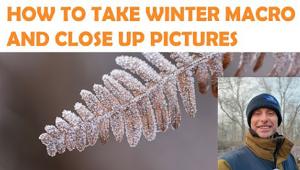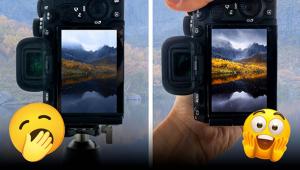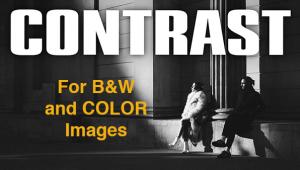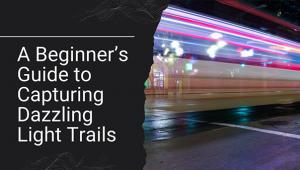These 2 Autofocus Techniques Are ESSENTIAL for Great Wildlife Photographs (VIDEO)

Proper focusing techniques are important for all types of photography, and that’s especially true when shooting animals in the wild. Some photographers prefer to activate autofocus with their trigger finger on the shutter release button, while others swear by a method known as “back button focus.” So which approach works best? Read on.
In basic terms, “trigger finger focus” is when you use the shutter button to activate the camera's AF system, whereas with “back button focus” you assign a button on the back of the camera to do that. And as you’ll see in the video below, you really need to master both methods if you wish to consistently achieve critically sharp images of animals in the wild.

Danish nature photographer Morton Hilmer knows a bit about the great outdoors, having served for two years on a dogsled patrol in Greenland. In this helpful tutorial, he describes the difference between back button and trigger finger focus, demonstrates how to use both techniques properly, and explains when one method works better than the other.

These autofocusing techniques work the same with whatever camera you use, and Hilmer shows you the proper camera settings to get the job done. The premise of the video is that when photographing wildlife, you need to be ready to capture moving subjects and be prepared for the unexpected to happen. That’s why Hilmer always sets his camera to its Continuous Autofocus mode.
After his quick primer on camera settings, Hilmer moves on to the meat of the tutorial, demonstrating how and when to use both focusing techniques he recommends. You can find more helpful tips on Hilmer’s YouTube channel. And don’t miss yesterday’s story, explaining how to create eye-popping wildlife photos with a simple editing technique.
- Log in or register to post comments
